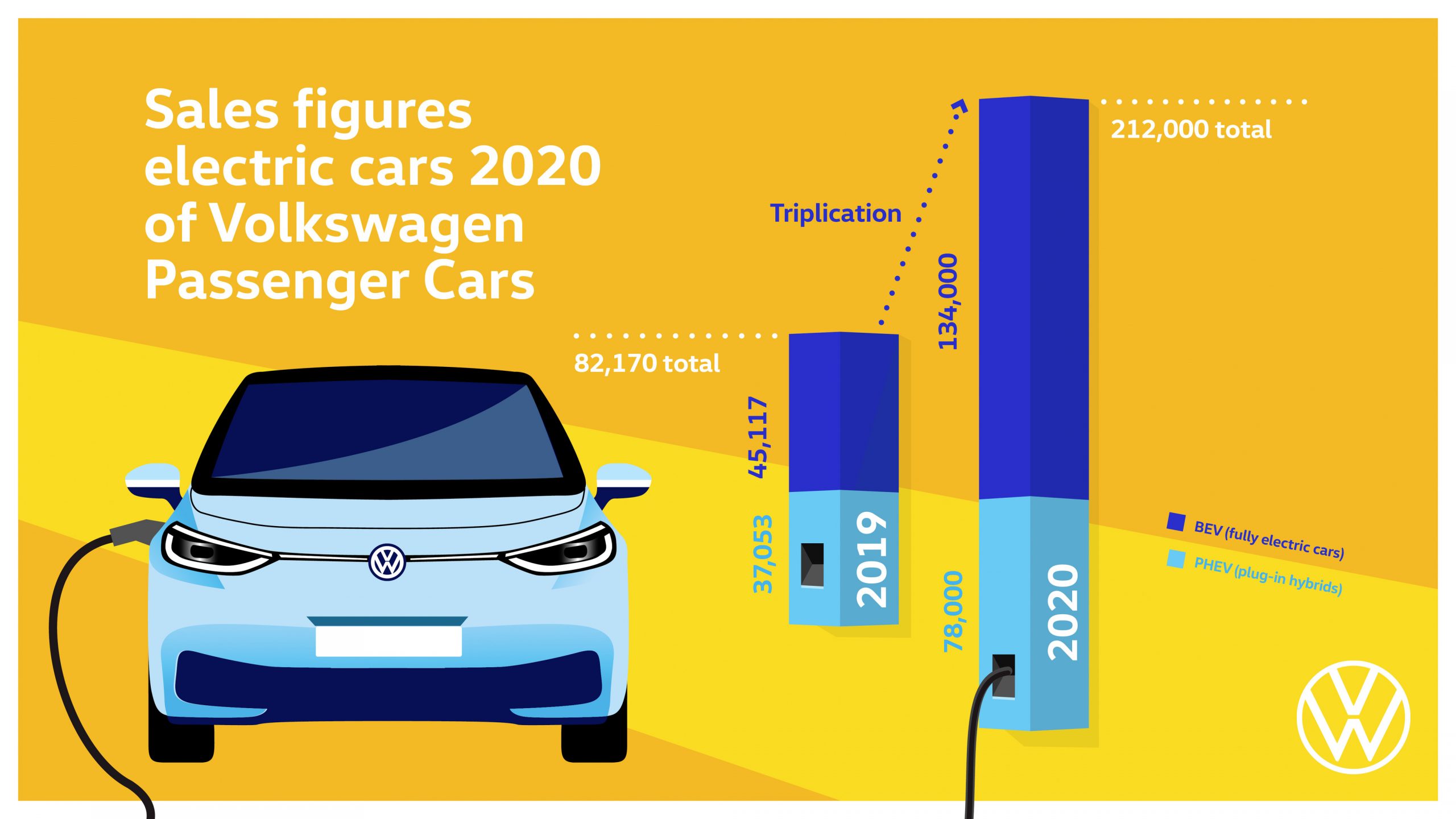

Volkswagen Group will probably replace its current MEB and PPE platforms that underpin all the electric cars of the group with a new Scalable System Platform (SSP). This single platform will underpin all the cars of the group which includes car brands Audi Porsche, Bentley, Seat, Volkswagen and Skoda.
This new platform will streamline the operations in the group which will result in better efficiency. The use of a standardised technical foundation across the range of products will aid in improving scalability. Since all the new EV platforms have a battery skateboard, which can very easily accommodate different battery sizes thus helping build various products based on the same platform. Currently, the MEB platform will underpin close to 27 EVs by the end of next year which includes the likes of Volkswagen ID3 and ID4, Cupra Born, Audi Q4 e-tron and the Skoda Enyaq. The new electronic architecture coupled with the new SSP platform aims to provide more computing power to the vehicles.
The SSP platform will have a lot of similarities with the current MEB and PPE architectures. The plan is to make SSP the single backbone of the Group by 2035 and beyond. As per reports, the new Scalable Systems Platform (SSP) will underpin Audi’s Project Artemis thus becoming the first car based on this new platform. Recently, Volkswagen Group confirmed that it would convert 80 per cent of its EVs to a unified cell system which will reduce the cost significantly.
Automotive software is one of the emerging fields in the software industry and the Volkswagen Group wants to leverage this opportunity. The German automaker is also planning to invest heavily in the ‘Car.Software’ division which will become Europe’s largest software company. Volkswagen Group is also increasing its reach in mobility solutions like car-sharing through WeShare and MOIA, which are two of the upcoming car-sharing companies.
In India, Volkswagen Group is all set to capture a greater share of the market with the launch of the Kushaq and other upcoming products based on the localised MQB-A0-IN platform.